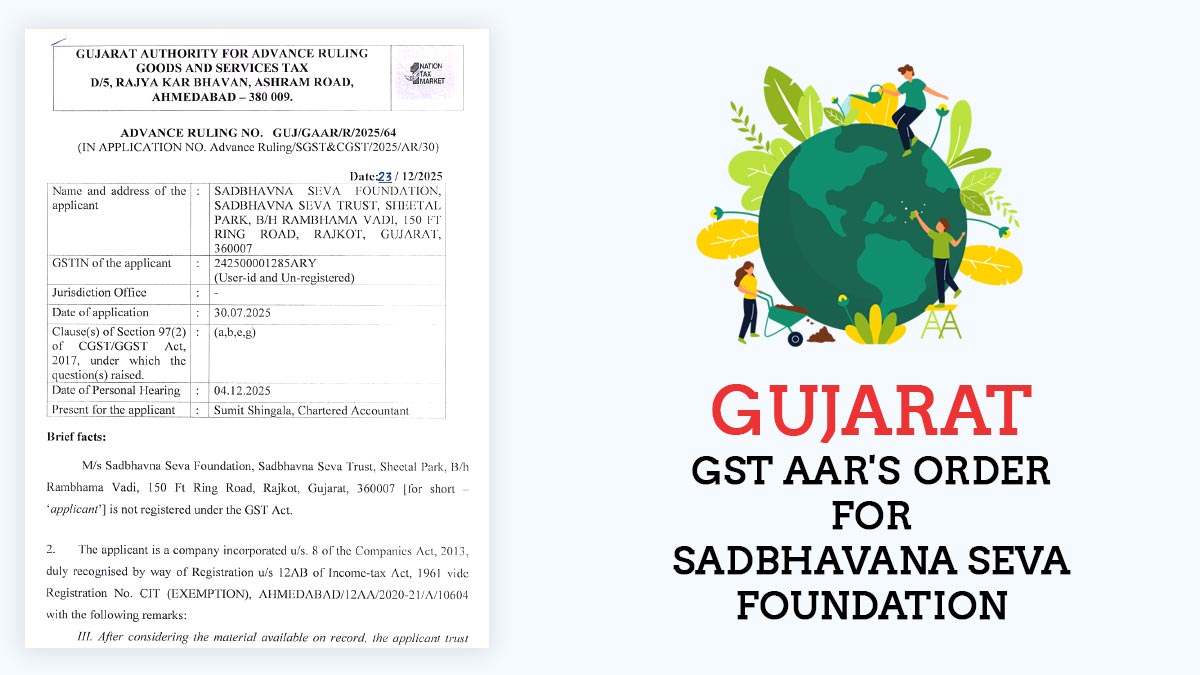India’s Property market has always been driven by assumptive forces and was breeding ground for all illegal mafia-like authoritarian players. However, post-GST and RERA, the dominant market forces have no doubt been regulated but the stretching and inactive LAP’s bring new dark clouds in the segment already burdened with after effects of GST and Demonetisation. A few weeks back a UN report by the United Nations Economic and Social Commission for Asia and the Pacific (ESCAP) had ranked India 5th on its list of Countries with worse state of NPA’s. Building upon that a recent report further claims an increase in delinquencies in loan against property (LAP) as well as commercial vehicle loans segments are an after effect of the GST and falling property prices.
Delinquency is not an alien term in Finance Circles. However, it becomes an issue if delinquencies increase for a considerable period of time. The Housing Crisis of 2008 is a good example of where unpaid loans take the economy if not addressed in time. GST subsumes a wide plethora of indirect taxes in India. As per the report by India ratings, The weighted average 30-days-past-due (dpd) delinquency rose 160 basis points year-on-year to 4.07 percent in February. This means that the lenders are yet to frame a strategy as far as the LAP segment is concerned. As per the report,”The recently originated collateral-backed loans to the micro, small and medium enterprises’ LAP loans have continued to surge-up on all delinquency indices following a drop in property prices and GST implementation”
NCR Region accounts for 30% of the rating agency’s rated LAP portfolio. However, a sluggish property market coupled with lower returns in the property against the loan/investment means that the recovery from the NPA’s or non-performing assets will contribute little towards overall recovery. Also against on weighted average 90+dpd delinquency scale, the NCR region scores 130 more basis points than delinquency observed LAP loan portfolio across other states in India. Reportedly, 90+dpd delinquency of NCR region is 2.36 percent
Read Also: Past Goods and Services Tax Data May Help For Taking Business Loan
Early delinquency index (EDI) for commercial vehicle (CV) loans measured by weighted average 30+ dpd recorded an increase of 1.02% in the last year. It now stands at 7.89 percent compared to 6.87 percent in February last year. A few major reasons as pointed out by the report include:
- Introduction of BS-IV standard of vehicles
- Demonetisation
- GST implementation
- Stronger Regulations against overloading of vehicles
These factors are strongly impacting the credit profiles of used CV loan borrowers. Add to this the rising fuel prices against no proportionate changes in transportation charge and everything perfectly leads up to a dent of 7-10 percent in the operating margins of CV loan operators.










